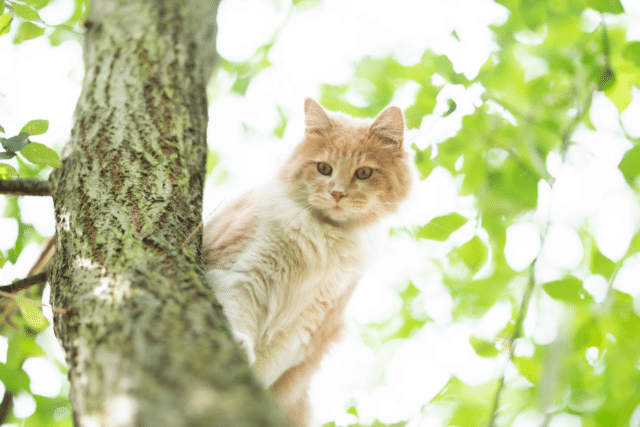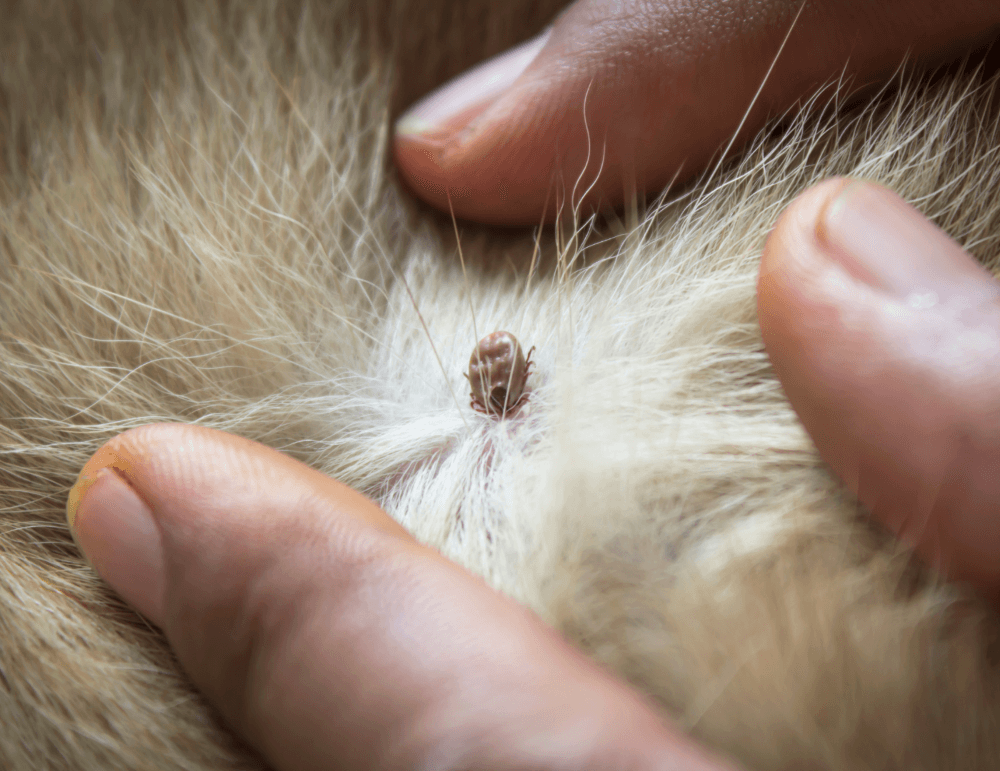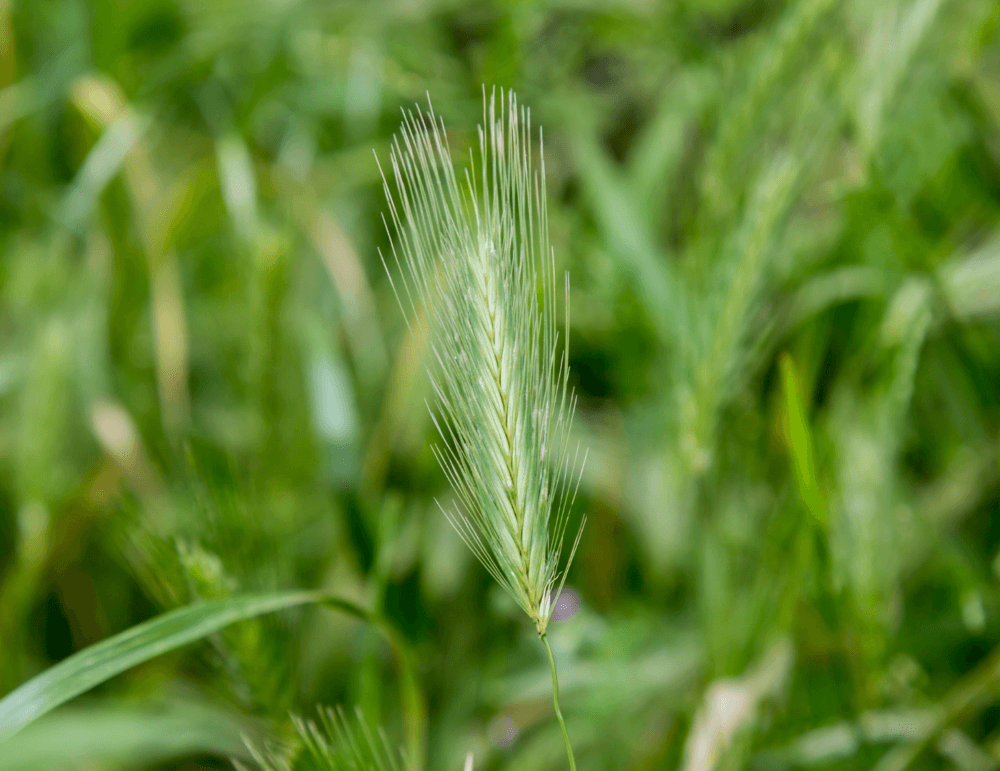Looking after your pets’ skin this summer
The long, balmy summer days we have been waiting for are finally here! We get to spend more time outdoors with our pets, enjoying longer walks and relishing some summer sun. When it comes to skin care we may know how to look after our own skin during the hot spells, but sometimes we may […]
The long, balmy summer days we have been waiting for are finally here! We get to spend more time outdoors with our pets, enjoying longer walks and relishing some summer sun. When it comes to skin care we may know how to look after our own skin during the hot spells, but sometimes we may forget that our pet’s skin needs some care and attention too. So here are some top tips on how to keep your pet safe and their skin in tip-top condition over the summer months.
You can use the links below to jump straight to a section if you prefer:
Keeping cool
Dogs and cats are unable to sweat like we can, as they only have a small number of sweat glands located in their pads, which is a very small surface area compared to the rest of their body. Also, when we sweat the water on our skin makes us feel cooler and as it evaporates it removes heat from the surface of our skin helping to cool us down further; this is known as ‘evaporative cooling’. Our pets, however, mainly rely on panting as a cooling process, which is not particularly efficient and requires a constant circulation of air in the environment to be effective. Therefore, if dogs are confined in hot areas with little or no airflow (e.g. a hot car) or exercised in high temperatures it can be extremely dangerous and very quickly our pets can develop heatstroke, a potentially fatal condition. For more information you can read our article on heatstroke by clicking here.
Don’t forget sunscreen
Pets with light skin or short/thin coats are much more prone to sunburn, particularly in areas such as the nose, mouth or ears, or where there is less hair coverage. Ultraviolet (UV) damage to the skin can sometimes lead to skin cancer so it is important to protect our pets. To avoid sunburn, it is best to keep your pet indoors during the hottest hours of the day (10am-3pm), or if this is not possible apply sunscreen to vulnerable areas. Sunscreen should be unscented and waterproof, provide UVA and UVB protection, have an SPF greater than 30 and be formulated specifically for pets. This should ensure that it does not contain zinc oxide or para-aminobenzoic acid (PABA) as these ingredients are toxic to dogs and cats if licked from the skin.
Stay off the street
Have you ever walked across a beach, only to realise after a few seconds that your feet are burning? Well, this can easily happen to our pets in the height of summer when tarmac can reach scorching temperatures and, if walked on, can cause extremely painful skin burns on the pads of the feet. Do not take your dog out during the hottest hours of the day, and test the temperature of the pavements beforehand by placing the back of your hand on the ground for 10 seconds; if your hand starts to feel uncomfortably warm during this time then don’t risk your dog’s feet!
Get to the groomer
Imagine how quickly you would overheat wearing a thick fur coat all through the summer! Your pet cannot take layers off when they get warm, so it is important that their coat is well maintained to prevent running into several problems. Regular haircuts, possibly every 6-8 weeks for some breeds, ensure that your pet does not overheat in the hotter weather. As previously mentioned, your dog relies mainly on panting as a cooling method (which is not very efficient) so it is even more important to keep their coats short which allows heat to escape across the skin more readily.

Be on parasite watch

Summer is a prime time for fleas to multiply, although more recently they have become a year-round problem due to central heating and warmer winters. Most life stages of this parasite will live in the environment, with adult fleas jumping on and off your pet to feed by ingesting blood. Your pet could catch fleas from other pets (dogs and cats) or from wild animals and their habitats (e.g. shrubs, bushes, woodlands). Sometimes you may not see actual fleas but will notice flea dirt in your pet’s coat. This will appear as multiple small black flecks, visible when you part the fur; flea dirt is often found in higher concentrations along the rear part of the back and around the tail base. If you notice signs of fleas (or flea dirt) on your pet, you should speak to your vet ASAP for advice on appropriate flea treatment for both your pet and your home.
Ticks, the most common in the UK being Ixodes ricinus, are most active from spring until autumn; however, they can appear all year round. They are generally found living in grasslands, moors and woodlands and feed from wildlife such as deer, rodents and birds. Ticks climb onto your pet’s fur and migrate down to the bottom of the hair shaft, where they latch onto the skin to feed, detaching only when full. A small number of ticks found throughout the UK carry a bacterium called Borrelia burgdorferi. If bitten by one of these infected ticks, dogs and people can develop a condition called Lyme disease. Left untreated this can cause serious damage to the kidneys, nervous system and heart, so protecting your pet against ticks is extremely important.
Hotspots
Hotspots (also known as acute moist dermatitis) are localised areas of red, oozing, scabby, inflamed skin which most frequently appear around the neck and face. An odorous discharge can occur when bacteria living on the skin in these damaged areas are able to multiply and develop into infections. Hotspots appear more commonly in our pets through the summer months and are triggered by damage to the skin through self-trauma. Potential reasons may include insect bites, injuries (cuts, grazes), excessive licking/scratching, post-grooming/clipping irritation, underlying allergies or parasites (e.g. fleas). Warm, humid weather and wet fur (from swimming) can also increase the risk of hotspots developing, particularly in breeds with dense coats as moisture is trapped against the skin.
If you notice these signs, it is important to seek veterinary advice promptly as hotspots are painful and have the potential to spread very quickly. The fur around the lesion will need to be clipped to allow air flow to the area and your vet may need to prescribe other treatments; antiseptic washes to clean the area, steroids to break the itch-scratch cycle and antibiotics to help fight the infection are commonly used. These may be prescribed in either a topical form (sprays/creams) and/or orally depending on your pet’s individual case. Your pet may also need to wear the dreaded ‘cone of shame’ for a short time to stop them from further damaging the area or licking off any medication applied.
Time for a dip
Most dogs love swimming in warmer summer months to cool off; however, this can result in ear infections (otitis). The combination of moisture and humidity in the ear canal creates the perfect breeding ground for bacteria, and dogs with floppy or excessively hairy ears can be at even greater risk of developing infections. Symptoms to look out for include: headshaking, scratching at the ears, odour, discharge or redness of the ear canals. You can help prevent this from occurring by drying off your dog’s ears after swimming, or in some cases using an ear cleaning solution (however, this should be discussed with your vet).
Most pets love a trip to the beach; however, salt from the seawater and sand can irritate your pet’s skin if left indefinitely, so make sure you rinse their coat as soon as possible after your walk. If your dog has an open or healing wound, then do not take them swimming until this has healed, or infection could develop.
Watch out for grass seeds

Not only does a well-maintained coat keep your pet nice and cool, but it also enables easier inspection allowing us to spot those notoriously pesky grass seeds before they can cause trouble. These arrow-shaped seeds readily get caught in your pet’s fur on walks. Once attached to fur they can travel down to the skin where they may become lodged and, on occasion, even migrate deeper into the body causing abscesses to form. Be vigilant and check your pet’s coat after walks in long grass, paying extra attention to areas such as the armpits, under the tummy and in between the toes, as these are prime areas that grass seeds can hide. By keeping your pet’s coat short, seeds are less likely to become caught, but should they manage to then at least they will be easier to spot.
By following these simple tips, you can relax and enjoy the great outdoors this summer knowing your pet’s skin health is covered.
 Pet Owner
Pet Owner 



